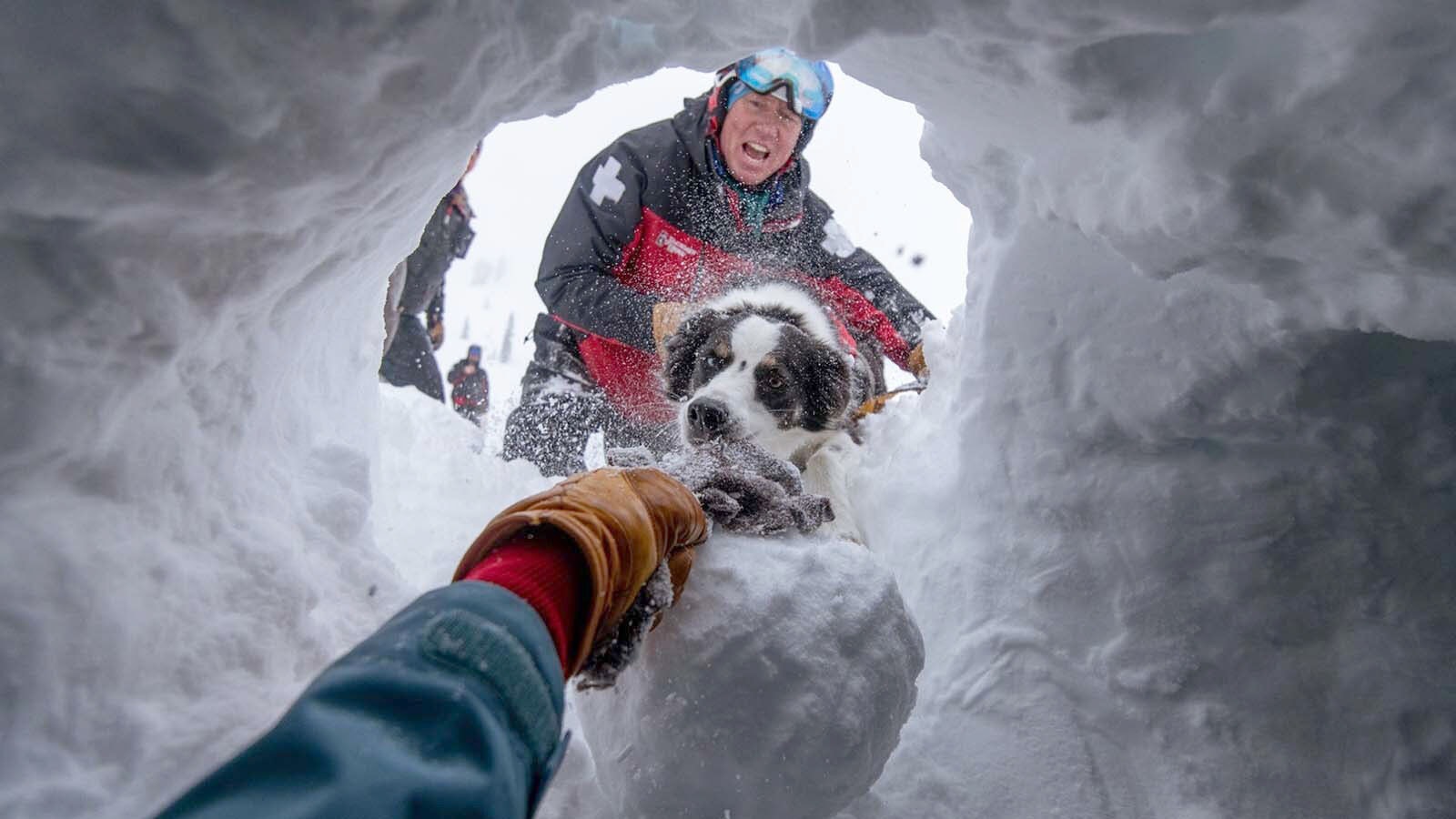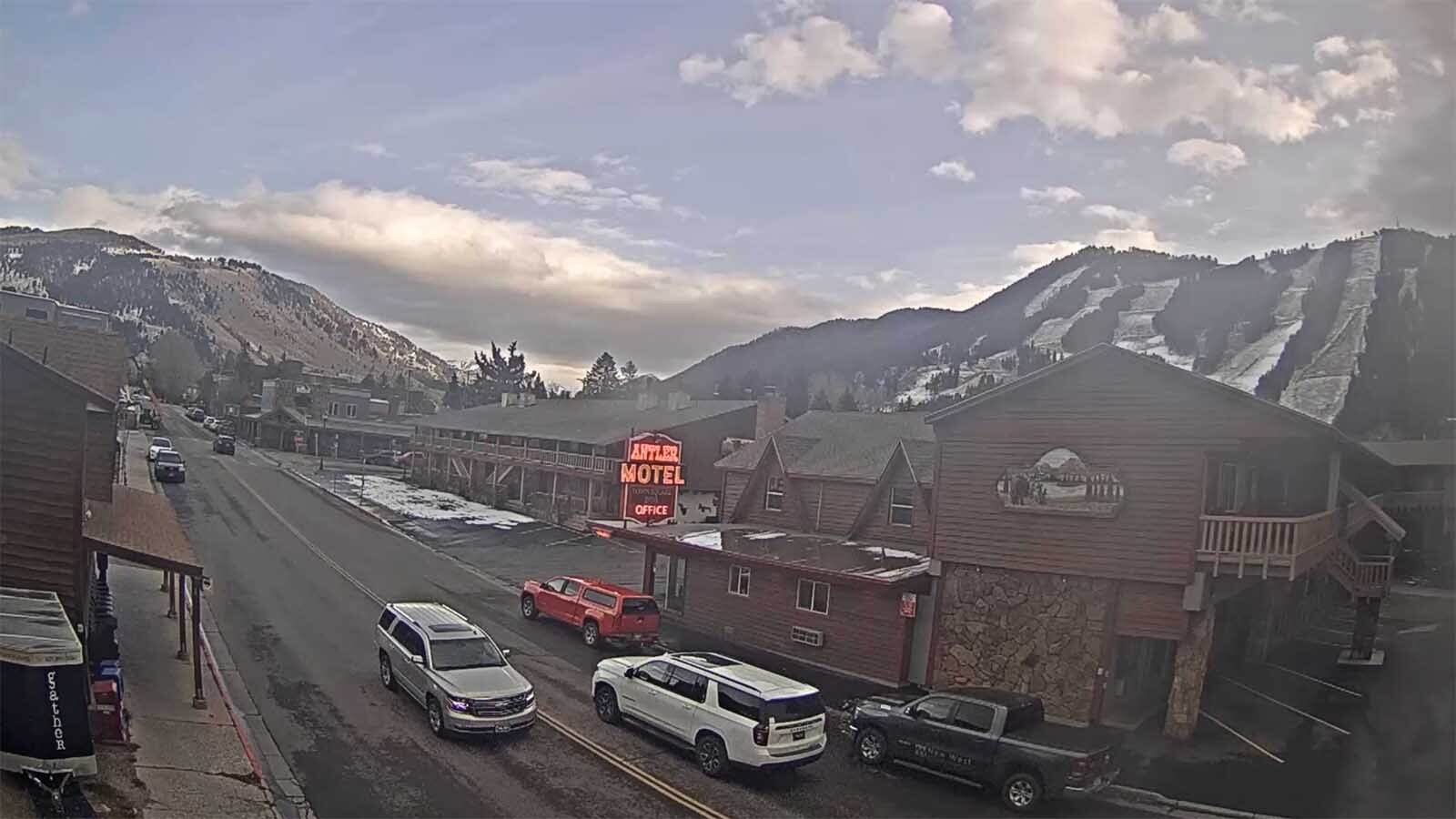MILAN--In the home of real pizza and pasta in Italy, tourists from the American West might take one glance at the menu of a popular chain of restaurants here and mutter a convincing “mamma mia!”
Steps from the famous Duomo in Milan or a stone’s throw from the gondolas snaking through the canals of Venice, you’ll find a different sort of attraction: One of the more than 250 Old Wild West restaurants found throughout Italy and in select areas of France and Monaco.
For nearly 25 years, these restaurants have been dishing up a very specific European interpretation of America’s Wild West.
The menu features a predictable line-up of steaks, hamburgers and ribs, along with some rather confounding frontier fare — like the Cheyenne Chicken.
On a recent stopover in Milan between train connections, I decided to forgo Italy's finest foods and opt for something, well, different.
Italy Embraces The Wild West
To be fair, I was warned off from this excursion by an acquaintance who lives in Milan.
Marco Congiu, a nightly news anchor for one of Italy’s TV networks, offered some gentle discouragement.
“I know it’s ‘for work,’ but I don’t think Old Wild West is worth the hassle,” Congiu advised via text. “Italians have to cook Mediterranean, that’s it. When we go exotic, we screw up.”
While it’s been about 20 years, Congiu said he visited one of Milan’s Old Wild West locations on occasion when the chain first arrived in the fashion capital in the early 2000s.
Back then, barbecue was in vogue and the restaurant had some hype because of its location, near the Hollywood Rythmoteque nightclub where the rich and famous like to party, he said.
In some ways the chain of restaurants, like its theme, is a relic of a bygone era. More recently, the trendy spots in Milan are the dozens of restaurants serving Mexican food or Hawaiian poke.
Undeterred by all of this information, I sauntered off from Milan’s main train station in search of experiencing Italy’s interpretation of the Wild West firsthand — all in the name of journalism — albeit with appropriately lowered expectations.
A Saloon-Like Feel
Even if it’s a bit kitschy, walking into an Old Wild West does feel like a trip to one of those old-timey Western saloons you might see in tourist areas of the U.S. West.
On closer inspection, though, the interior is a bit of a jumbled interpretation of the frontier days.
There are swinging saloon doors and tables that resemble covered wagons, along with non sequitur signs, like one that just reads “Express.” And there’s a mix of art on the walls ranging from plausibly authentic to ridiculously fake.
But the ambiance alone surely isn’t the main draw for these restaurants, especially considering the chain has been in business for more than two decades.
‘White Mountain Meats’
Walking to the restaurant at the high noon opening hour, one wonders if a Montanan visiting a Western-themed steakhouse might be akin to an Italian tourist eagerly waiting for an Olive Garden to open in the United States.
Turns out, I wasn’t alone. A group of four people was also waiting for the doors to swing open for lunch and, based on their chatter in Italian and the dog that accompanied them (the restaurant allowed non-service dogs inside), it seemed likely that they were locals.
Seated at one of the wooden tables with rope details, I gave the menu a thorough once-over. Under the not-a-typo section labeled “Gran Canyon Meats,” there’s a rather limited variety of steak cuts and ribs, while the chicken-based dishes are listed under the confusingly-named section, “White Mountain Meats.”
Locations that most Americans wouldn’t remotely associate with the Wild West — New York or Louisiana — get shoutouts on the menu, though Wyoming does as well with “Cheyenne Chicken.”
That dish promises a grilled chicken breast with bacon, served with the chain’s signature fries and sauce. Sure enough, that’s exactly what arrived.
While it might not have been a first choice, the name alone was too good to pass up the opportunity. And while skeptical, the food was actually quite good, if pretty simple on the ingredient front, especially the fries.
It was washed down with one of the chain’s Western IPA beers for a total cost of nearly $25.
Where’s The Whiskey?
Aside from some very questionable dishes that don't bear any resemblance to the Wild West, the biggest disappointment of the extensive menu was the lack of any semblance of authenticity with the drinks.
The chain has a line of American-style beers, but the wine section felt typical of most any other restaurant in Italy.
And the most glaring omission, at least for authenticity’s sake, was there wasn’t a single mention of whiskey on the menu. The saloon owners of the real Wild West would shudder at the thought.
The Old Wild West Experience
Americans visiting Europe can easily skip out on dining at the Old Wild West chains and won't be missing much of anything.
Hopefully Europeans realize these restaurants are only loosely inspired by some of the cuisines that defined our frontier days.
Still, it’s a bit interesting — and somewhat comical — to see how other countries interpret our culture. Probably the same reaction those people experience while vacationing in America.
It is a bit surprising to see the international popularity of the hit television show “Yellowstone,” and its various spinoffs seemingly hasn’t rubbed off on this particular chain of restaurants.
Now, taking Congiu’s advice, let’s return to the food that Italians do best.
Anna-Louise Jackson can be reached at: jackson.anna@gmail.com





















